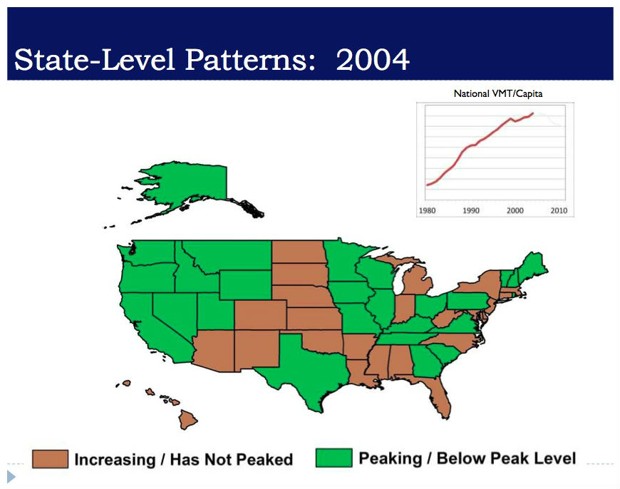As reported by ITWorld: After halting the service due to an influx of spam, Google is ready to open Map Maker again, with changes that hand much of the control back to users.
Map Maker lets people update the information in Google Maps to make it more accurate. The service will reopen in phases starting early next month, Pavithra Kanakarajan of the Google Map Maker team said in a blog post Monday.
Google suspended the service in May after a rash of unwanted edits. In one prominent case, a prankster drew the Android mascot urinating on the Apple logo. Google turned off user moderation and started reviewing edits manually itself, but that caused a huge backlog and eventually it suspended Map Maker altogether.
 With the reopening, Google will again ask users to review edits, but in a different way. It will select mappers in each region around the world and invite them to become “regional leads.” Edits will be reviewed by those leads, though also by Google’s automated systems. Google’s employees will only occasionally moderate edits, Kanakarajan said.
With the reopening, Google will again ask users to review edits, but in a different way. It will select mappers in each region around the world and invite them to become “regional leads.” Edits will be reviewed by those leads, though also by Google’s automated systems. Google’s employees will only occasionally moderate edits, Kanakarajan said.
The new process means some changes might take longer to go through. But Google, apparently, thinks handing the reins to a select few mappers will lead to better quality edits.
“The reason for this change is that every time we observed someone attempting to vandalize the map, many of you acted quickly to remove the offending feature and demonstrated real ownership for maps within your region,” Kanakarajan wrote. “We have come to the conclusion that of all the defenses available to keeping our maps clean, the interest of a community of well-intentioned users, is among the most reliable and fast.”
Map Maker lets people update the information in Google Maps to make it more accurate. The service will reopen in phases starting early next month, Pavithra Kanakarajan of the Google Map Maker team said in a blog post Monday.
Google suspended the service in May after a rash of unwanted edits. In one prominent case, a prankster drew the Android mascot urinating on the Apple logo. Google turned off user moderation and started reviewing edits manually itself, but that caused a huge backlog and eventually it suspended Map Maker altogether.
The new process means some changes might take longer to go through. But Google, apparently, thinks handing the reins to a select few mappers will lead to better quality edits.
“The reason for this change is that every time we observed someone attempting to vandalize the map, many of you acted quickly to remove the offending feature and demonstrated real ownership for maps within your region,” Kanakarajan wrote. “We have come to the conclusion that of all the defenses available to keeping our maps clean, the interest of a community of well-intentioned users, is among the most reliable and fast.”











